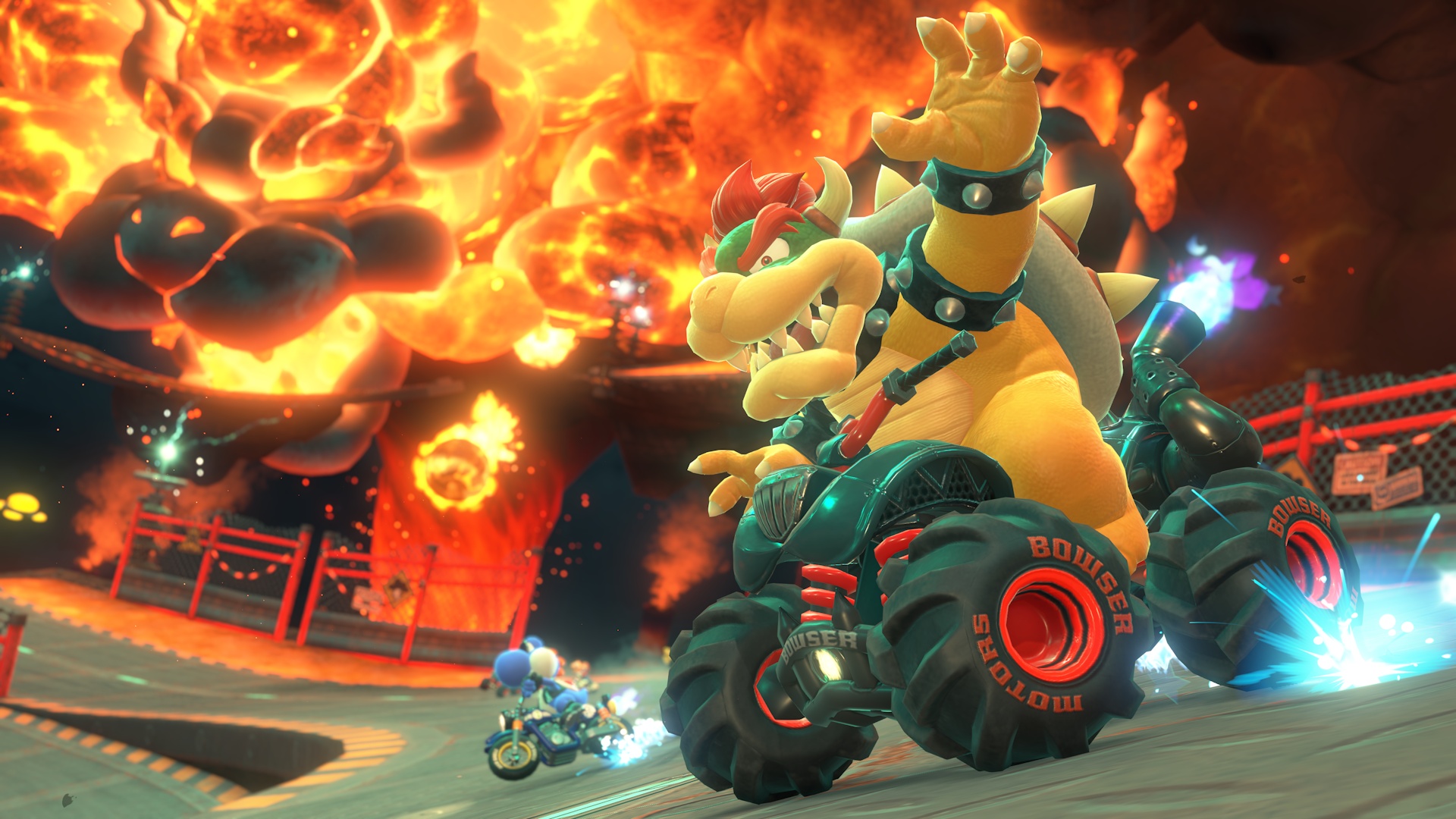In the 1990s, gaming enthusiasts worldwide encountered a persistent obstacle: region locking.
While today's consoles like the Nintendo Switch allow for effortless global game access, this wasn't always the case.
Companies such as Sega, Nintendo, and Sony implemented region lock-out mechanisms to restrict gamers from playing software purchased in different territories.
The aim was clear—to control software distribution—but it led to an era defined by grey imports, expensive adapters, and inventive workarounds. On Sega’s side, the Mega Drive—known as the Genesis in North America—featured a unique approach to region restriction.
Rather than immediately relying on software-based lockouts, Sega’s earliest Mega Drive consoles (the original Japanese MK1 model in particular) enforced region control through a physical mechanism.
Inside these Japanese units, a locking arm would swing into place when powering on the console, engaging with a specific notch on Japanese Mega Drive cartridges.
These carts had a distinct shape, differing from both North American and European counterparts. This physical region lock meant users could not simply slot a Japanese game into a Western console or vice versa.
In fact, while Western cartridges could fit into the Japanese console's slot, the lock mechanism would prevent the system from powering up if the cartridge's form didn’t match the Japanese standard. In response, a variety of solutions emerged in the aftermarket scene.
One of the most straightforward, though costly, solutions was the use of passthrough converter cartridges.
These devices allowed gamers to boot imported Japanese titles on Western hardware without modifying the console.
Another popular method, often cited among seasoned collectors, was to remove the internal locking arm from the console itself—a hardware modification that rendered the lock functionally useless but had no detrimental effect on system performance. However, some players opted for a less elegant, far more invasive approach.
To make incompatible cartridges fit, gamers would physically trim or cut away parts of the cartridge shell.
For Japanese players wishing to play Western games, a similar process—removing a section on the left side—could defeat the physical lock. This DIY spirit, while effective, certainly affected the condition of many classic games.
The prevalence of "butchered" cartridges found in today’s retro game shops reflects just how widespread this workaround had become among dedicated fans unwilling to be limited by regional hardware restrictions. A recent informal poll highlights the trend: when asked if they had ever altered their Mega Drive or Genesis cartridges to overcome region locks, only about 8% of respondents admitted to taking the drastic step, while the vast majority resisted damaging their prized games. Today, physical region locking is largely a relic of gaming history.
The challenges faced—and overcome—by early Sega, Nintendo, and Sony fans serve as a testament to player ingenuity and the enduring global appeal of classic video games.
While today's consoles like the Nintendo Switch allow for effortless global game access, this wasn't always the case.
Companies such as Sega, Nintendo, and Sony implemented region lock-out mechanisms to restrict gamers from playing software purchased in different territories.
The aim was clear—to control software distribution—but it led to an era defined by grey imports, expensive adapters, and inventive workarounds. On Sega’s side, the Mega Drive—known as the Genesis in North America—featured a unique approach to region restriction.
Rather than immediately relying on software-based lockouts, Sega’s earliest Mega Drive consoles (the original Japanese MK1 model in particular) enforced region control through a physical mechanism.
Inside these Japanese units, a locking arm would swing into place when powering on the console, engaging with a specific notch on Japanese Mega Drive cartridges.
These carts had a distinct shape, differing from both North American and European counterparts. This physical region lock meant users could not simply slot a Japanese game into a Western console or vice versa.
In fact, while Western cartridges could fit into the Japanese console's slot, the lock mechanism would prevent the system from powering up if the cartridge's form didn’t match the Japanese standard. In response, a variety of solutions emerged in the aftermarket scene.
One of the most straightforward, though costly, solutions was the use of passthrough converter cartridges.
These devices allowed gamers to boot imported Japanese titles on Western hardware without modifying the console.
Another popular method, often cited among seasoned collectors, was to remove the internal locking arm from the console itself—a hardware modification that rendered the lock functionally useless but had no detrimental effect on system performance. However, some players opted for a less elegant, far more invasive approach.
To make incompatible cartridges fit, gamers would physically trim or cut away parts of the cartridge shell.
For Japanese players wishing to play Western games, a similar process—removing a section on the left side—could defeat the physical lock. This DIY spirit, while effective, certainly affected the condition of many classic games.
The prevalence of "butchered" cartridges found in today’s retro game shops reflects just how widespread this workaround had become among dedicated fans unwilling to be limited by regional hardware restrictions. A recent informal poll highlights the trend: when asked if they had ever altered their Mega Drive or Genesis cartridges to overcome region locks, only about 8% of respondents admitted to taking the drastic step, while the vast majority resisted damaging their prized games. Today, physical region locking is largely a relic of gaming history.
The challenges faced—and overcome—by early Sega, Nintendo, and Sony fans serve as a testament to player ingenuity and the enduring global appeal of classic video games.






